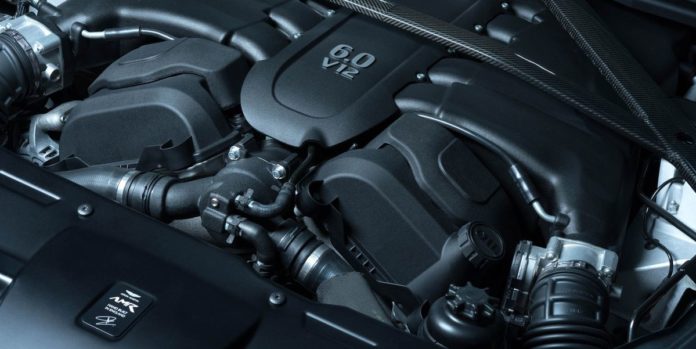- Aston Martin is reversing course on previous plans for a fully electric lineup by 2030.
- Executive chairman Lawrence Stroll announced that the company will continue selling internal-combustion vehicles well into the 2030s.
- Stroll cited a desire from customers for “sounds and smells” from their sports cars as the reason for the shift.
As the rate of EV adoption continues to slow, some automakers are re-assessing their previously bullish plans for electrification. Aston Martin is one such company, as the company’s executive chairman Lawrence Stroll explained in an interview with interview with Autocar.
Winding the clock back to April 2022, Aston Martin issued a statement targeting 2030 as the end of the line for new models with internal-combustion engines. At that time, the manufacturer was planning to sell its first EV as soon as 2025, with its first plug-in-hybrid model arriving in 2024. Now, Stroll says the company’s first EV has been postponed from 2025 to 2027 at the earliest.
“We planned to launch at the end of 2025 and were ready to do so, but it seems there is a lot more hype in EVs, politically driven or whatever, than consumer demand, particularly at an Aston Martin price point,” Stroll told Autocar.
All In on Plug-Ins
Instead, the company has developed a new EV platform capable of taking on four types of EVs: a grand tourer, an SUV, a crossover, and a mid-engined supercar. While neither Stroll nor Aston Martin have confirmed what the brand’s first EV will be, it’s a pretty safe bet we’ll be seeing an electric Aston SUV well before we get an electric sports car from the brand.
The company will put its focus on investing in plug-in-hybrid technology instead. It plans to use the technology to bridge the transition to electrification. The company’s first hybrid model will be the 998-hp Valhalla. That power is sourced from an AMG-derived twin-turbo 4.0-liter V-8 and a pair of electric motors. Stroll told Autocar that customers want “sounds and smells” from their sports cars, after all.
According to Autocar, most of Aston Martin’s PHEV technology will be centered around Mercedes-AMG V-8 engines and V-12 engines. Stroll told the publication that customers are less interested in V-6s at that price point.
We like the idea of more V-8 and V-12 powered cars, but how long does Aston Martin plan to keep that production going? “For as long as we’re allowed to make ICE cars, we’ll make them. I think there will always be demand, even if it’s small,” according to Stroll in the same interview. He “doesn’t see demand slowing at all” surrounding PHEVs.
Jack Fitzgerald’s love for cars stems from his as yet unshakable addiction to Formula 1.
After a brief stint as a detailer for a local dealership group in college, he knew he needed a more permanent way to drive all the new cars he couldn’t afford and decided to pursue a career in auto writing. By hounding his college professors at the University of Wisconsin-Milwaukee, he was able to travel Wisconsin seeking out stories in the auto world before landing his dream job at Car and Driver. His new goal is to delay the inevitable demise of his 2010 Volkswagen Golf.


